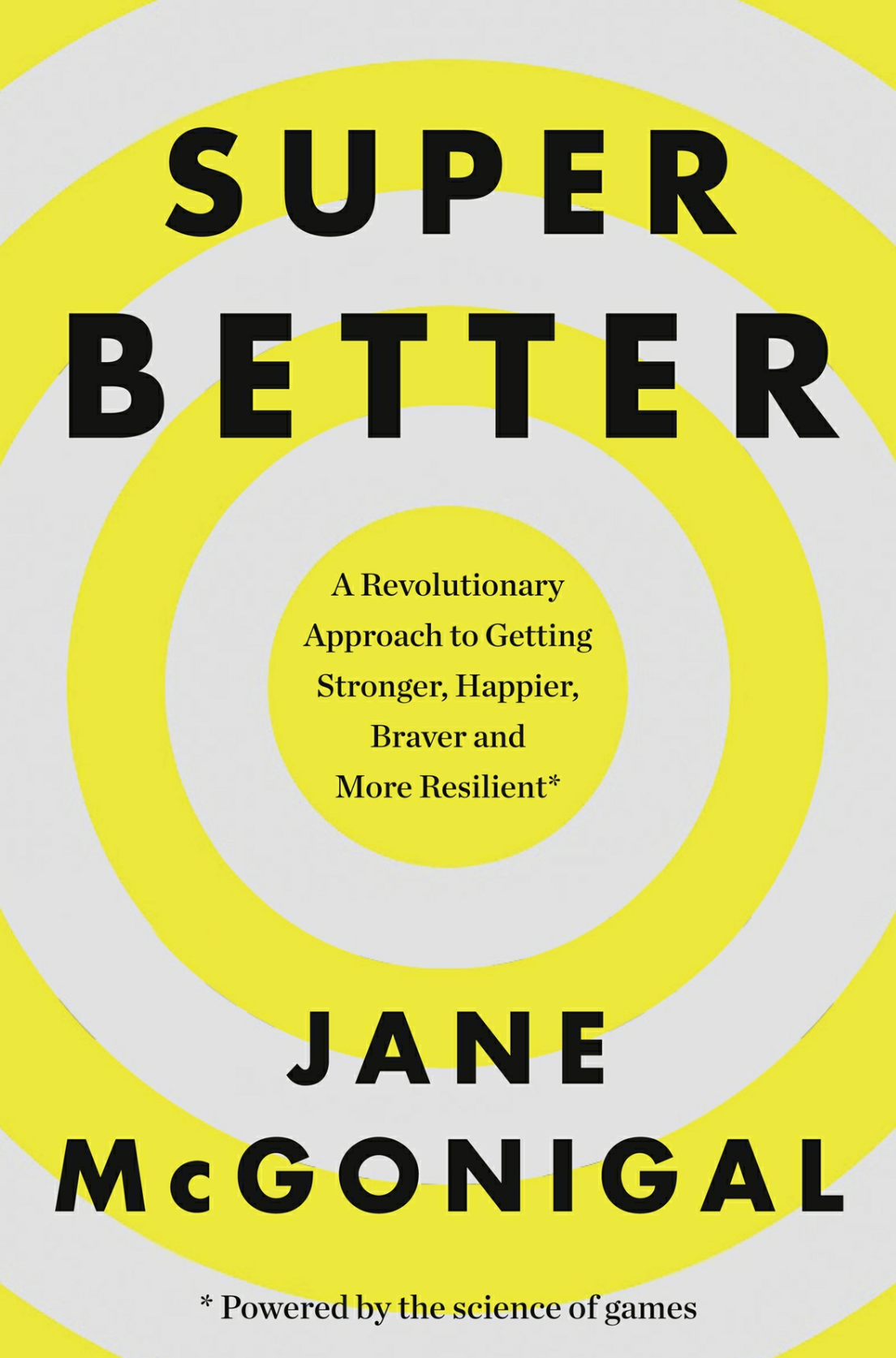testiloquent
Testing-Essentials ▪ Think Like a Tester ▪ Test Strategy ▪ Test Tooling, Automation ▪ Test Analysis and -Design ▪ Performing Tests and Reporting ▪ Appendix
Learn From Other Professions
Scientists
Disciplined Thinking
The only principle I’m prepared to absolutely commit to, with absolute certainty, is that I can change my mind.
– Richardson.
Learn about Karl Popper’s influential take on scientific thinking and questioning here: Karl Popper, Science, & Pseudoscience: Crash Course Philosophy #8
Questioning
testing involves a broad range of activities. The common thread is empirical investigation. – Kaner.
In the past, school children could be forgiven for believing that science had all the answers. Up until middle school, and depending on the school system perhaps right through high school, they carried out “experiments” that were actually demonstrations, and memorised facts from a text book in order to pass exams.
In reality however, scientists don’t have all the answers; their work - at least the work that results in testing - revolves around questions.
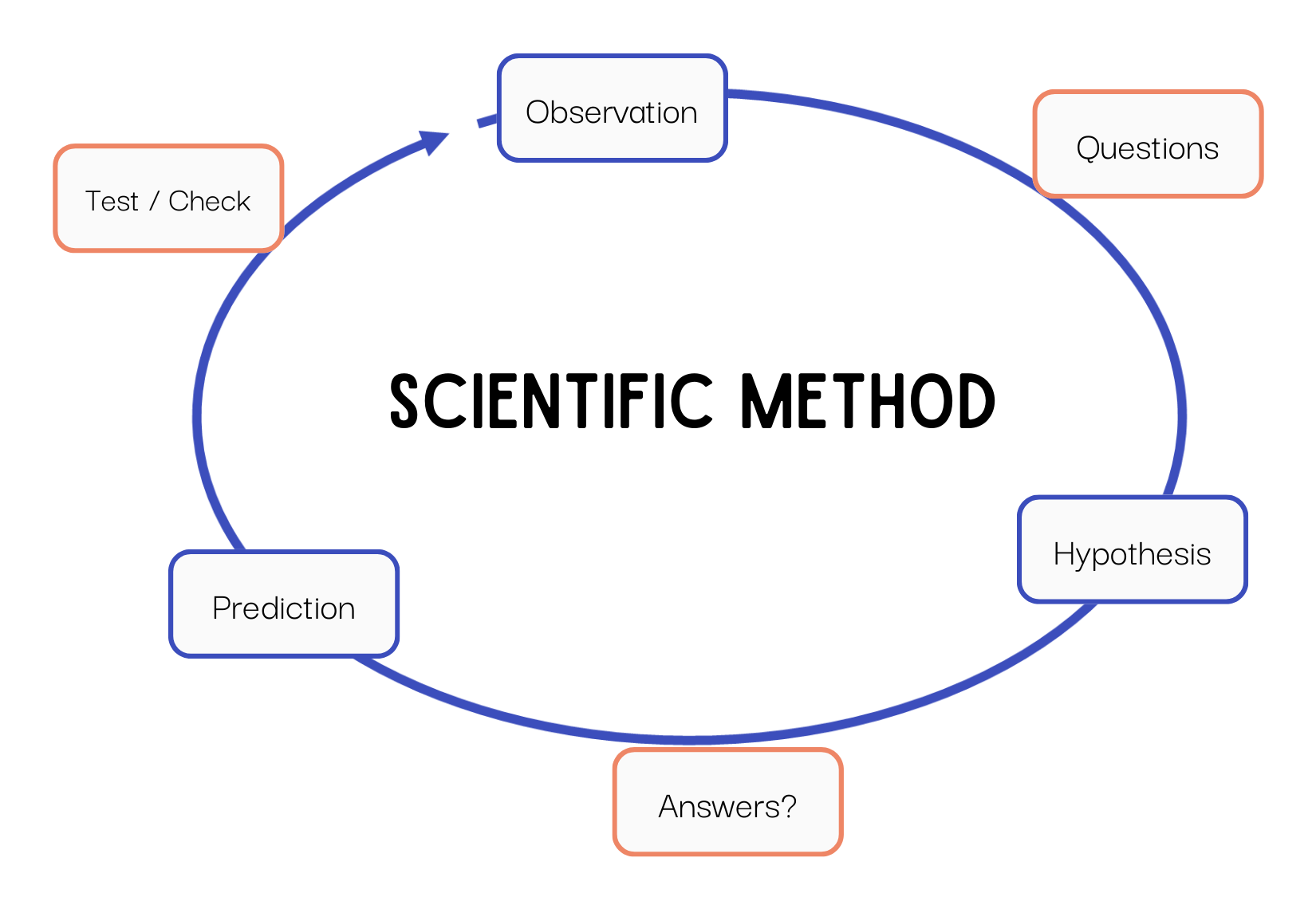
“The facts are important. You have to know a lot of stuff to be a scientist. That’s true. But knowing a lot of stuff doesn’t make you a scientist. You need to know a lot of stuff to be a lawyer or an accountant or an electrician or a carpenter. Knowing a lot of stuff is not the point. Knowing a lot of stuff is there to help you get to more ignorance.” – Firestein.
The best scientists, indeed the best knowledge workers (that includes you!) are those with the best questions!
Asking good questions is a skill that you can develop.
Start with a note-taking habit.
Managers and Manufacturing - Lean
The industrial engineers Taiichi Ohno and Eiji Toyoda, developed the Toyota Production System in the decades following World War II.
Japan’s economic boom during the 1970s made managers in Europe and North America sit up and pay attention. In the 1980s, even as Japan’s economic advances were running out of steam, managers began adopting westernized variants of the Toyota Production System in hopes of boosting productivity. Total Quality Management or TQM is one example of a variant adopted by some IT organisations in Switzerland in the 1980s and 1990s.
John F. Krafcik coined the term lean production when working as a researcher and consultant on the International Motor Vehicle Program at MIT, and the term became widely known when the program’s research director, James P. Womack published “The Machine That Changed the World” in 1990. Mary and Tom Poppendieck published “Lean Software Development” in 2003, adapting lean principles to Agile software development.
In his 2011 published best-seller, Eric Ries reframed lean manufacturing principles to business ventures.
The emphasis in Lean startups is on experimenting iteratively from a minimal viable product version, using actionable metrics, to learn what changes to make in each subsequent iteration or to recognise when to pivot.
The Lean Tester
Maximize the amount of work not done
Anything not worth doing is not worth doing right – Weinberg
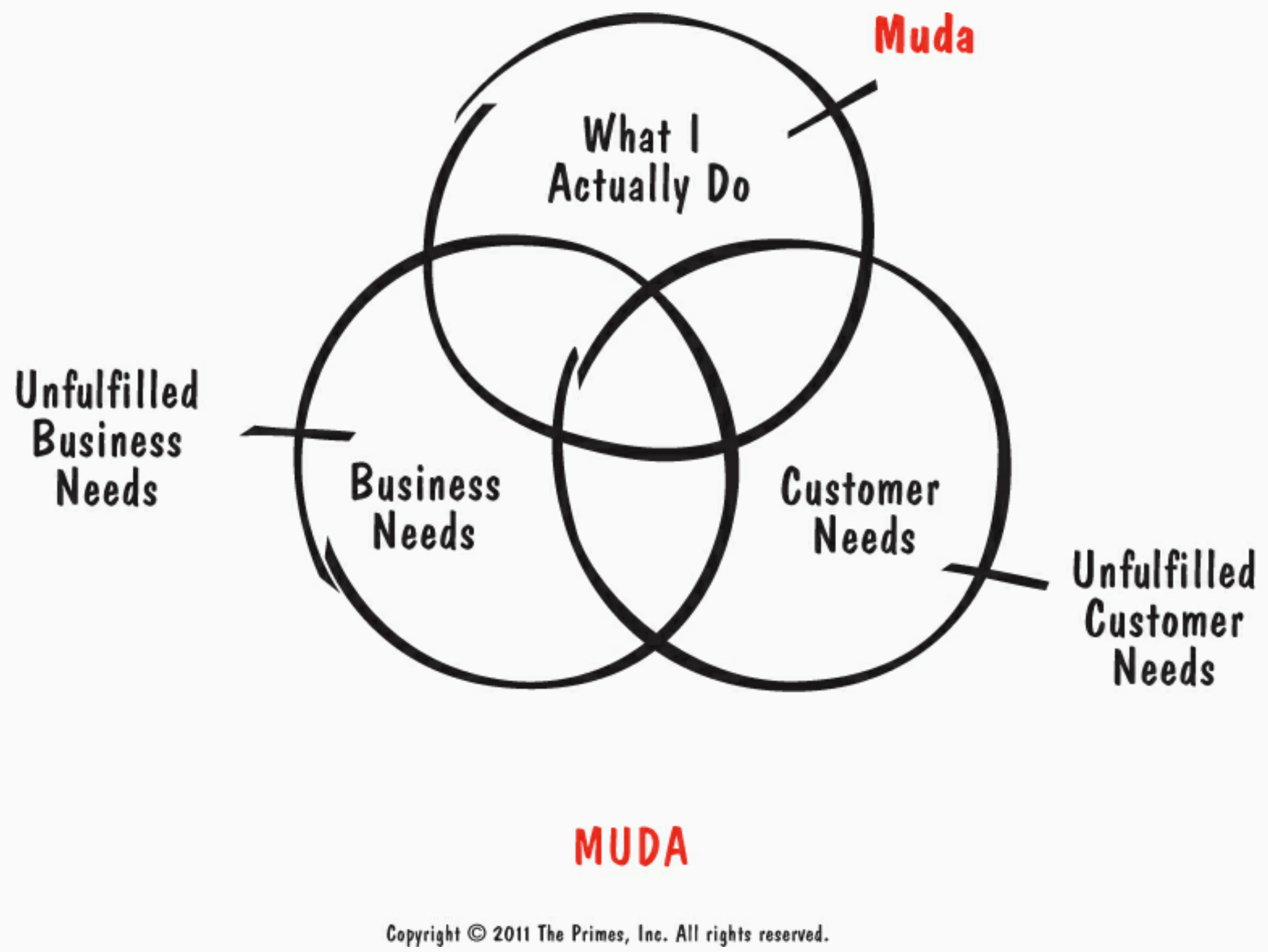
Eliminate the waste in your testing activities by focusing on addressing the information objectives you’ve set:
- Is there at least one question about your product that testing can help you answer? If there’s no question, then there’s no reason to test.
- Do you want to know the answer to that question? If you don’t want to know the answer, don’t ask the question - that is, don’t bother testing.
- Are you merely idly curious about the results of testing? If you’re not going to evaluate or act on the answers to your questions, forget testing. It’s too expensive. – Weinberg.
Not doing unnecessary testing frees up resources which can be used more profitably. For example, you can invest the time and energy saved in learning something new, making improvements to a process or tool, or helping someone else.
Usability matters
Avoid causing waste for stakeholders. Make your testing work products as simple to understand as possible:
understand the basic principle of eliminating question marks.
If you can’t make something self-evident, you at least need to make it self-explanatory.
puzzling over things that don’t matter to us tends to sap our energy and enthusiasm - and time. – Krug.
Business Strategy
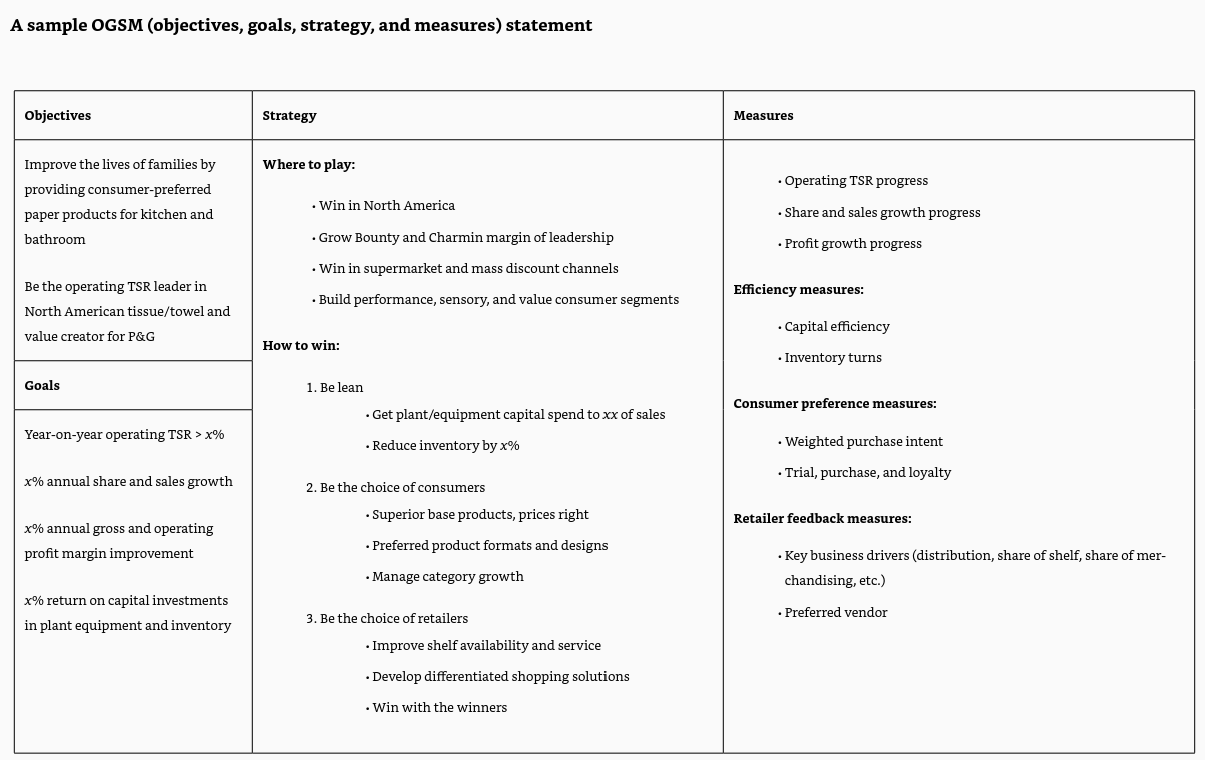
Any new strategy is created in a social context - it isn’t devised by an individual sitting alone in an office, thinking his or her way through a complex situation.
strategy is the answer to these five interrelated questions:
- What is your winning aspiration? The purpose of your enterprise, its motivating aspiration.
- Where will you play? A playing field where you can achieve that aspiration.
- How will you win? The way you will win on the chosen playing field.
- What capabilities must be in place? The set and configuration of capabilities required to win in the chosen way.
- What management systems are required? The systems and measures that enable the capabilities and support the choices.
These choices and the relationship between them can be understood as a reinforcing cascade, with the choices at the top of the cascade setting the context for the choices below, and choices at the bottom influencing and refining the choices above…
Winning Aspiration
The most powerful aspirations will always have the consumer, rather than the product, at the heart of them. …
Ask, what is winning for this function? Who are its customers, and what does it mean to win with them?
What do channel and end consumers truly want, need, and value - and how do those needs fit with your current or potential offerings?
Where to Play
Where-to-play choices occur across a number of domains, notably these:
- Geography. In what countries or regions will you seek to compete?
- Product type. What kinds of products and services will you offer?
- Consumer segment. What groups of consumers will you target? In which price tier? Meeting which consumer needs?
- Distribution channel. How will you reach your customers? What channels will you use?
- Vertical stage of production. In what stages of production will you engage? Where along the value chain? How broadly or narrowly?
Explicitly choose and prioritize choices across all relevant where dimensions Don’t embark on a strategy without specific where choices. If everything is a priority, nothing is. There is no point in trying to capture all segments. You can’t. Don’t try.
How to Win
At a high level, the choice is whether to be the low-cost player or a differentiator.
Ultimately, there are four dimensions you need to think about to choose where to play and how to win:
- The industry. What is the structure of your industry and the attractiveness of its segments?
- Customers. What do your channel and end customers value?
- Relative position. How does your company fare, and how could it fare, relative to the competition?
- Competition. What will your competition do in reaction to your chosen course of action?
Regardless of whether a firm wishes to be a cost leader or a differentiator, it needs to understand precisely what customers (its own and its competitors’ customers) value.
Wherever there is an intermediary channel between the firm and the end consumer, that intermediate customer and what it values must be understood.
set the rules of the game and play the game better if you’re winning. Change the rules of the game if you’re not.
Capabilities in Place
By identifying the capabilities required to achieve competitive advantage, the firm can apply resources, attention, and time to the things that matter most. There may well be work to do to bolster and grow those capabilities, including training and development, investing in additional resources, building supporting systems, and even reorganizing the company around the capabilities.
It is essential that all of the systems have at least some capabilities and activities that line up with the core capabilities of the organization. These shared capabilities - the ones that run through multiple divisions or units and the organization overall - create reinforcing rods that link different parts of the organization together, just as steel reinforcing rods run from floor to floor in a concrete building to keep it standing
could you configure your capabilities to enable your company to meet the needs of customers in a distinctively valuable way, underpinning a potential differentiation strategy? Or, at a minimum, could you configure your capabilities to enable the company to match competitors in meeting the needs of customers, underpinning a potential cost-leadership strategy?
Manage What Matters
Communicating the Strategy
to be successful, it needs to be clearly communicated at all levels
Only when the choices are clear and simple can they be acted upon - only then can they effectively shape choices throughout the rest of the organization.
continue strategic discussions throughout the year, building an internal rhythm that keeps focus on the choices that matter.
Systems to Support Core Capabilities
Don’t stop at capabilities; ask yourself which management systems are needed to foster those capabilities.
Measurement of Desired Outcomes
define measures that will tell you, over the short and long run, how you are performing relative to your strategic choices.
Shorten Your Odds
In strategy, there are no absolute answers or sure things, and nothing lasts forever.
In the end, building a strategy isn’t about achieving perfection; it’s about shortening your odds. – Lafley, Martin.
Developers
Technical Excellence
Uncle Bob Martin, known for the “clean code” movement. Promotes design principles, such as SOLID.
Practice and Collaboration
We are uncovering better ways of developing software by doing it and helping others do it. – Manifesto for Agile Software Development
Helping others is not in the introductory statement of the Agile Manifesto by accident:
- When people collaborate with others, the organisation as a whole benefits.
- When people share their knowledge with others, the people receiving instruction and those teaching gain knowledge.
Effectiveness, Not Productivity
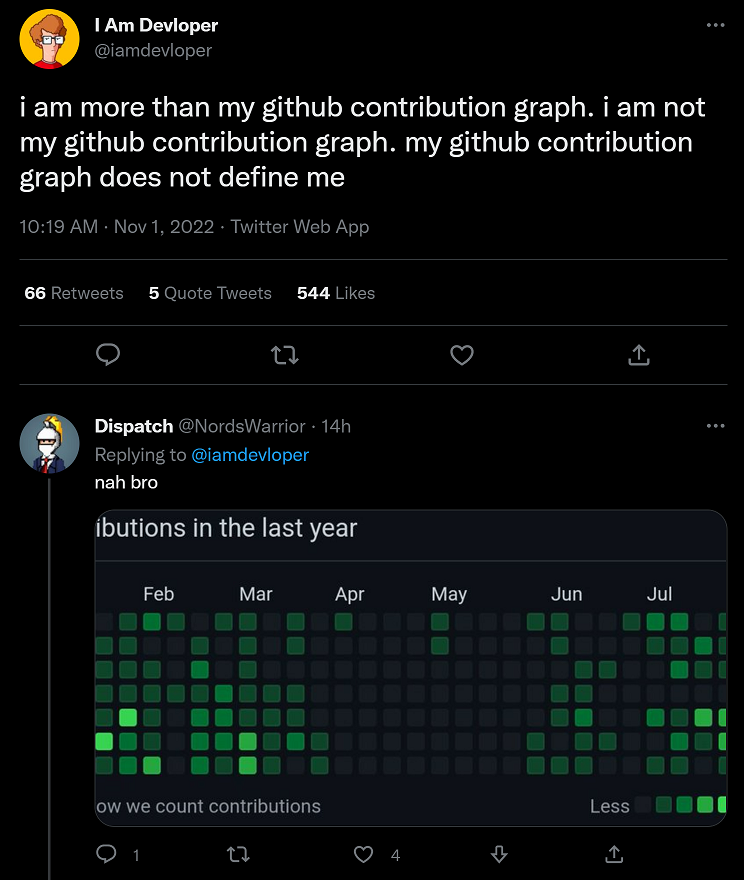
Simplicity–the art of maximizing the amount of work not done–is essential. – Principles behind the Agile Manifesto
Designers
The experiences we have when interacting with objects and systems in our daily lives are the result of design decisions.
We’ve all experienced being confused or frustrated by software. UX designers on SW development projects responsibility is to make the application easy for users to understand and use. To this end, they work on the look/feel of user interfaces, and perhaps the overall organisation of information in the application.
When we have limited time, are in an unfamiliar place, and need to find a specific spot (examples are airports and train stations), things can get stressful if we can’t see or don’t understand the signage. If the signage is clear, the experience can still become stressful if we find ourselves stuck and losing time in a \($traffic jam\)$.
https://www.ted.com/talks/bill_burnett_5_steps_to_designing_the_life_you_want
https://lifedesignlab.stanford.edu/resources
jobs to be done
Gamers
This is the classic path to increased self-efficacy: accept a goal, make an effort, get feedback on that effort, improve a concrete skill, keep trying, and eventually succeed. You don’t need a game to set off on this path. But because it is the very nature of games to challenge and improve our abilities, they are an incredibly reliable and efficient way to get there. – Jane McGonigal
Watch Jane McGonigal’s TED Talk about her research that reveals the untapped potential that is awakened in us when we play.
In her book Super Better she shares her process for tapping the potential of play to solve life’s big challenges.
